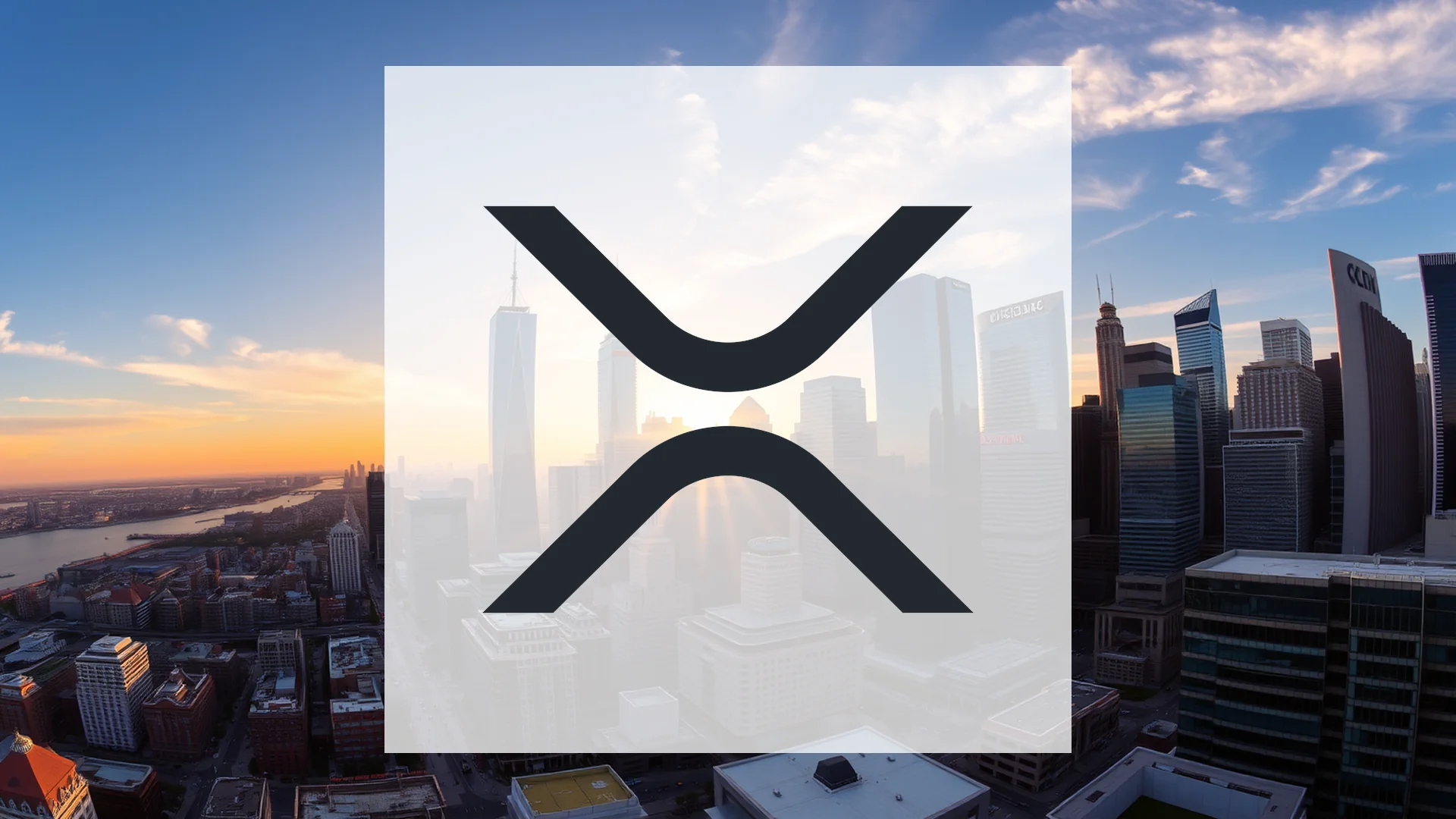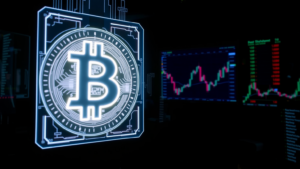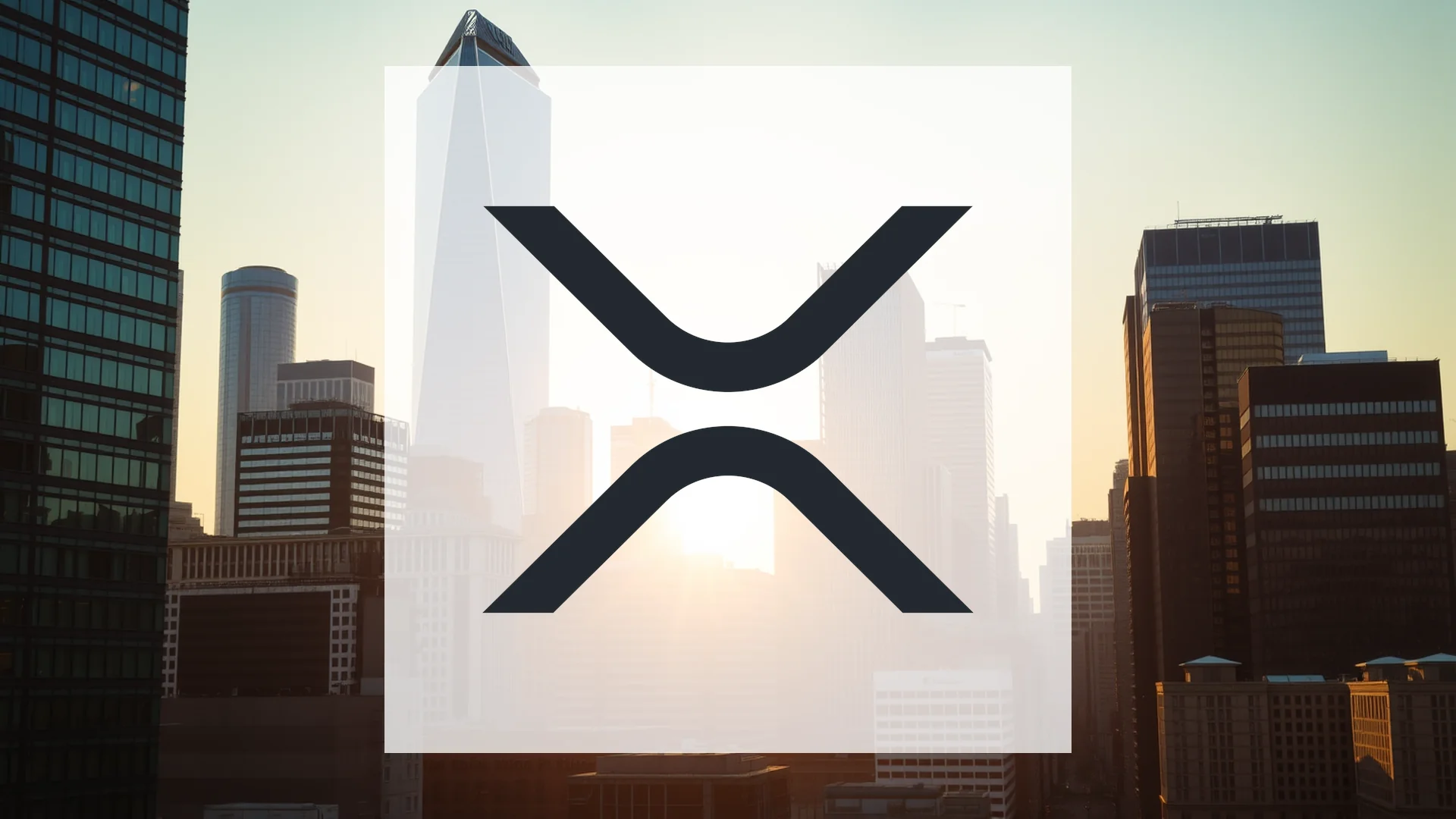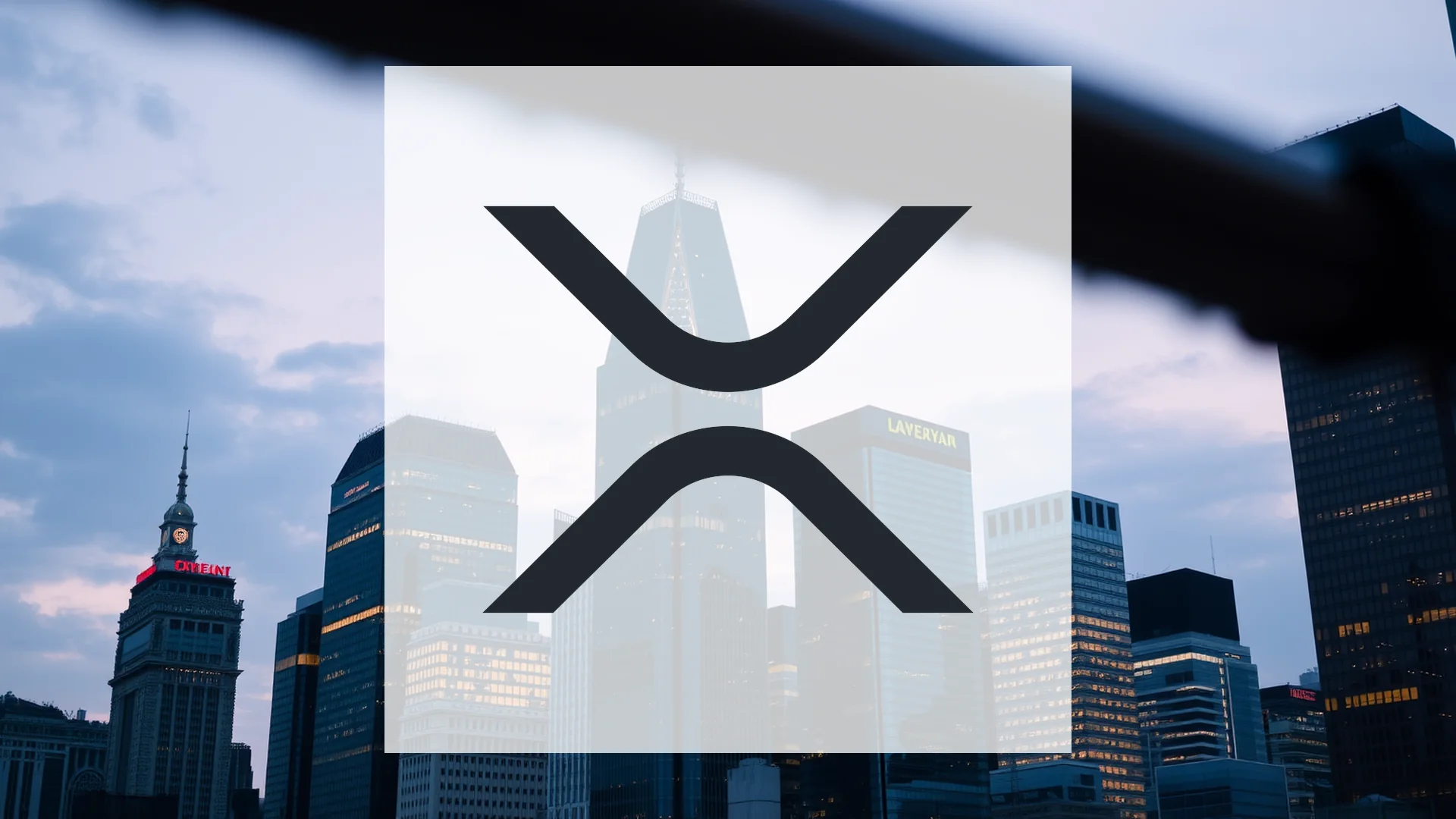XRP at a Crossroads: Technical Weakness Meets Strong Fundamentals
As Bitcoin surges past the $90,000 threshold, XRP finds itself navigating turbulent waters, currently trading at its annual low. However, significant developments occurring behind the scenes suggest the potential for a dramatic reversal. Could this period of technical distress actually represent a strategic entry point before the next major upward movement?
Institutional Adoption Gains Momentum
The most compelling bullish case for XRP emerges from traditional finance. The landscape shifted significantly with the nearly simultaneous launch of two separate XRP exchange-traded funds. Canary Capital’s spot ETF attracted substantial interest, accumulating $58 million in assets on its first trading day alone. Franklin Templeton quickly followed with its EZRP-ETF offering. These investment vehicles effectively bridge the gap between institutional capital and XRP, potentially creating long-term scarcity dynamics as these funds secure underlying assets.
Evidence of accumulation supports this institutional narrative. A notable mid-November transaction saw 149 million XRP tokens, valued at approximately $336 million, withdrawn from major exchanges—a classic indicator of long-term holding strategies rather than short-term trading activity.
Underlying Fundamentals Paint Optimistic Picture
Contrasting sharply with its price action, XRP’s fundamental story reveals surprising strength. Ripple, the technology company behind the digital asset, embarked on an aggressive acquisition strategy throughout 2025, deploying over $4 billion in strategic investments. This corporate expansion has yielded substantial ecosystem growth, with more than 11,000 banking institutions now connected to the XRP network.
Regulatory developments further bolster the positive outlook. In August 2025, XRP achieved unprecedented regulatory clarity when U.S. banking authorities ruled that financial institutions may hold cryptocurrency assets specifically for network fee purposes. This decision particularly benefits XRP’s use case. The network continues demonstrating robust utility, consistently processing up to 2 million successful transactions daily.
Technical Indicators Signal Oversold Conditions
From a chart perspective, XRP’s situation appears concerning. The token has declined more than 10% within a single week, breaking decisively below both key moving averages—a technical development that typically indicates continued weakness.
With its Relative Strength Index plunging below 29, XRP now trades in deeply oversold territory. While such extreme readings often precede short-term bounces, they don’t necessarily indicate broader trend reversals. Market technicians identify critical support levels at $2.10, with additional floors at $1.91 and $1.73. A breach below these final defensive lines could accelerate the downward momentum.
The divergence between XRP’s weak technical posture and its strengthening fundamental backdrop creates a fascinating market dynamic. While current price action appears discouraging, the foundational elements for XRP’s next growth phase appear to be quietly falling into place.
Ethereum’s Critical Juncture: Whales Clash at $3,000 Threshold
The cryptocurrency landscape is navigating a period of intense volatility, with Ethereum positioned at a pivotal crossroads. The digital asset is locked in a fierce struggle to maintain its footing above the psychologically significant $3,000 price level. Market data reveals a stark division among major players: substantial investor liquidations are occurring simultaneously with billion-dollar capital injections. The central question gripping the market is whether Ethereum is on the verge of a decisive turnaround or a more profound downturn.
Institutional Sentiment Diverges
A notable shift is occurring in institutional investment patterns. Ethereum-focused investment vehicles have recently experienced substantial outflows, with weekly withdrawals reaching $689 million. This pullback indicates a cooling of institutional appetite, which historically served as a primary catalyst for significant price rallies. The current hesitation among these major players introduces a layer of uncertainty to Ethereum’s near-term trajectory.
Conversely, the most substantial wallet addresses are demonstrating remarkable conviction. Within a mere four-day window, investors holding between 1 and 10 million ETH accumulated approximately 460,000 tokens. This buying spree, representing an investment exceeding $1.6 billion at prevailing prices, signals robust confidence in an impending price recovery from the network’s most committed stakeholders.
Conflicting Whale Movements
On-chain analytics paint a picture of a battlefield where major investors hold opposing views. Recent blockchain activity recorded the transfer of 509,900 ETH to the Binance exchange—the largest movement of its kind in nine months. This substantial inflow to exchanges typically suggests preparation for sale, creating downward pressure on the asset’s price.
Simultaneously, a cohort of mid-sized whales, controlling wallets containing 1,000 to 10,000 ETH, divested roughly 230,000 tokens. These coordinated sales contribute to the prevailing selling pressure. Yet, the aggressive accumulation by the largest addresses creates a powerful countercurrent, resulting in a tense equilibrium around the $3,000 support level.
The Fusaka Upgrade: A Potential Game Changer
A significant technological development looms on the horizon. The scheduled “Fusaka” hard fork, anticipated for December 3, 2025, promises to revolutionize the network’s scalability framework. By implementing higher block gas limits and introducing advanced data processing technologies like PeerDAS, the upgrade aims to dramatically reduce transaction costs for Layer-2 solutions by an estimated 30-40%.
Market experts suggest this enhancement could serve as a pivotal catalyst, potentially reinforcing the network’s deflationary mechanics and improving its overall utility. However, the timing raises critical questions. Is this technological leap arriving too late to counteract current market weaknesses?
DeFi Sector Shows Vulnerability
Ethereum’s foundational ecosystem is displaying signs of strain. The decentralized finance (DeFi) sector, traditionally the primary engine of Ethereum’s growth, is witnessing a notable contraction. The total value locked (TVL) across Ethereum-based DeFi protocols has plummeted from its October peak of $172 billion to approximately $136 billion—a sharp decline of over 21%. This erosion in a core metric underscores the challenges facing the network beyond pure price action.
Regulatory Horizon Offers Hope
Amid the technical and market challenges, a potential regulatory catalyst is developing in the United States. A comprehensive digital asset market structure bill could be presented for a vote in the Senate Banking Committee as early as December. The proposed legislation aims to definitively clarify the jurisdictional boundaries between the Securities and Exchange Commission (SEC) and the Commodity Futures Trading Commission (CFTC). Such regulatory clarity is precisely the certainty that institutional investors have long demanded as a prerequisite for deeper market engagement.
A Precarious Balance
Ethereum currently exists in a state of tension. The promising technological advancements of the Fusaka upgrade offer the potential for a major scalability breakthrough. Yet, the network simultaneously contends with waning DeFi activity and a divided investor base. The ultimate resolution hinges on whether the upcoming technological improvements can generate sufficient momentum to reverse the prevailing negative trends or if the crucial $3,000 support level will ultimately falter.
Cardano at a Critical Juncture: Survival or Revival?
Cardano finds itself in a precarious position, teetering at the crucial $0.46 support level. This pivotal moment represents a dramatic clash between substantial selling pressure and promising underlying fundamentals. Market participants are left wondering whether ADA is on the verge of a complete breakdown or positioned for a remarkable trend reversal.
Institutional Exodus Creates Downward Spiral
Recent price action below the significant $0.50 threshold has been primarily driven by large-scale investors exiting their positions. Blockchain analytics reveal concerning data: whale addresses have divested a substantial 440 million ADA tokens within a single month, representing selling pressure exceeding $216 million. This significant distribution has relentlessly pushed prices downward, demonstrating how institutional players currently dominate market direction.
Liquidity Crisis Exposes Market Vulnerability
The market’s underlying fragility was starkly exposed through a dramatic incident. A whale address inactive for five years attempted to exchange 14.4 million ADA valued at $6.9 million, but due to insufficient market depth received only $847,695 in return. This single transaction resulted in a devastating loss exceeding $6 million, brutally highlighting how thin order books have become and the considerable risks now associated with large trades.
Fundamental Catalysts Offer Glimmer of Hope
Despite the prevailing negative sentiment, not all indicators point toward continued decline. The MVRV ratio, an important valuation metric, indicates that wallet holders who acquired ADA within the past 30 days are experiencing average losses of 19.7%. According to Santiment analysts, this places Cardano within an “Extreme Buy Zone.” Historical patterns suggest such conditions have frequently preceded substantial price recoveries, raising the question of whether current market pain might birth the next upward cycle.
Regulatory Developments and Ecosystem Growth
Beyond immediate price concerns, significant developments are unfolding behind the scenes. Grayscale’s application for a spot ADA ETF has been under SEC review since February, with approval potentially opening floodgates for institutional capital. Although the original October decision timeline has been postponed, the proposal remains under active consideration. A positive outcome could fundamentally reshape the entire market landscape.
Meanwhile, the Cardano ecosystem continues to advance. Founder Charles Hoskinson has confirmed the Midnight network launch scheduled for December 8, 2025. The project’s native NIGHT token will debut simultaneously across multiple exchanges, potentially injecting fresh momentum. This privacy-focused sidechain initiative promises confidential smart contracts and could attract an entirely new developer community to the ecosystem.
Cardano currently stands at a crossroads. While substantial selling pressure and liquidity concerns continue to weigh heavily on its price, compelling historical buying opportunities and fundamental catalysts present potential upside. The coming weeks will determine whether the $0.46 support level serves as a launching pad for recovery or plunges into an abyss.
XRP’s Puzzling Downturn Amid Unprecedented ETF Inflows
While the cryptocurrency market witnesses an extraordinary surge in institutional investment through exchange-traded funds, XRP presents a confounding scenario. November 2025 has seen major asset managers launch dedicated XRP products, attracting hundreds of millions in capital, yet the digital asset’s value has simultaneously declined by approximately 10%. This divergence between massive ETF approvals and spot price performance highlights complex market dynamics currently affecting Ripple’s native token.
Unprecedented Institutional Adoption Meets Price Resistance
The institutional embrace of XRP reached new heights on November 13, 2025, with Canary Capital’s XRP ETF debut recording $59 million in daily trading volume—surpassing all other ETF launches this year amid over 900 new offerings. Within days, the fund attracted between $268 million and $275 million, demonstrating substantial institutional demand.
Contrasting this enthusiasm, XRP’s market value retreated from above $2.50 to current levels around $2.20. This disconnect reveals that ETF inflows don’t automatically translate to immediate spot market appreciation, suggesting either delayed price impact from institutional capital or overwhelming selling pressure from other market participants.
Major Players Queue Up Amid Regulatory Clarity
The institutional pipeline continues to expand rapidly. Bitwise prepares its November 20 launch, while Franklin Templeton—managing $1.5 trillion in assets—has already listed its XRPZ product with the Depository Trust & Clearing Corporation. Industry heavyweights including Grayscale, 21Shares, CoinShares, and WisdomTree are similarly positioned to enter the market.
This coordinated ETF offensive signals a watershed moment for XRP’s legitimacy after years of regulatory uncertainty. SEC guidelines established in July 2025 created the necessary framework, and financial institutions are now aggressively capitalizing on this regulatory opening.
Underlying Market Structure Reveals Vulnerability
Beneath the surface, concerning metrics emerge from blockchain analytics. Glassnode data indicates only 58.5% of the XRP supply currently resides in profit—the lowest percentage since November 2024 when XRP traded at $0.53. Conversely, 26.5 billion XRP tokens (41.5% of circulating supply) are held at a loss.
This distribution creates potential instability. With such a substantial portion of investors underwater after purchasing near peak prices, the market becomes susceptible to panic selling if downward pressure persists.
Technical Positioning:
– Support range: $2.10–$2.20
– Resistance zone: $2.30–$2.40
– 14-day RSI reading of 28.8 indicates oversold conditions
– Annualized 30-day volatility stands at 57.87%
Stablecoin Integration Offers Potential Catalyst
A potentially positive development emerges from Ripple’s RLUSD stablecoin deployment on the XRP Ledger (XRPL). This integration could generate additional demand for XRP as a bridging asset, particularly as Fortune 500 companies experiment with RLUSD for settlement operations.
The XRPL’s technical capabilities—transaction costs of $0.0002, 3-5 second settlement times, and throughput of 1,500 transactions per second—present a compelling package for institutional payment applications.
Whale Activity Presents Contradictory Signals
Market participants sent mixed messages in the days surrounding ETF announcements. The week preceding the launches saw over 216 million XRP (valued at $556 million) move off exchanges, typically indicating long-term accumulation. However, whale addresses reduced holdings by 10 million XRP ($25 million) in the two days immediately before the ETF debut, suggesting profit-taking by large holders as smaller investors potentially entered positions.
Comparative flows show Bitcoin ETFs experienced $866 million in outflows during this period, while Ethereum products saw $260 million exit. This relative capital movement indicates XRP is currently capturing disproportionate institutional attention.
The Central Conundrum Remains
XRP faces a critical juncture in November 2025. Despite accelerating institutional adoption, regulatory clarity, and convincing technological infrastructure, price action fails to reflect these fundamental improvements. Weak on-chain metrics and elevated volatility warrant caution despite the bullish ETF developments.
The pivotal question remains whether upcoming launches from Bitwise, Franklin Templeton, and other major firms will generate sufficient buying pressure to overcome current selling momentum, or if XRP requires further consolidation to shake out loss-making positions before establishing sustainable upward trajectory.










